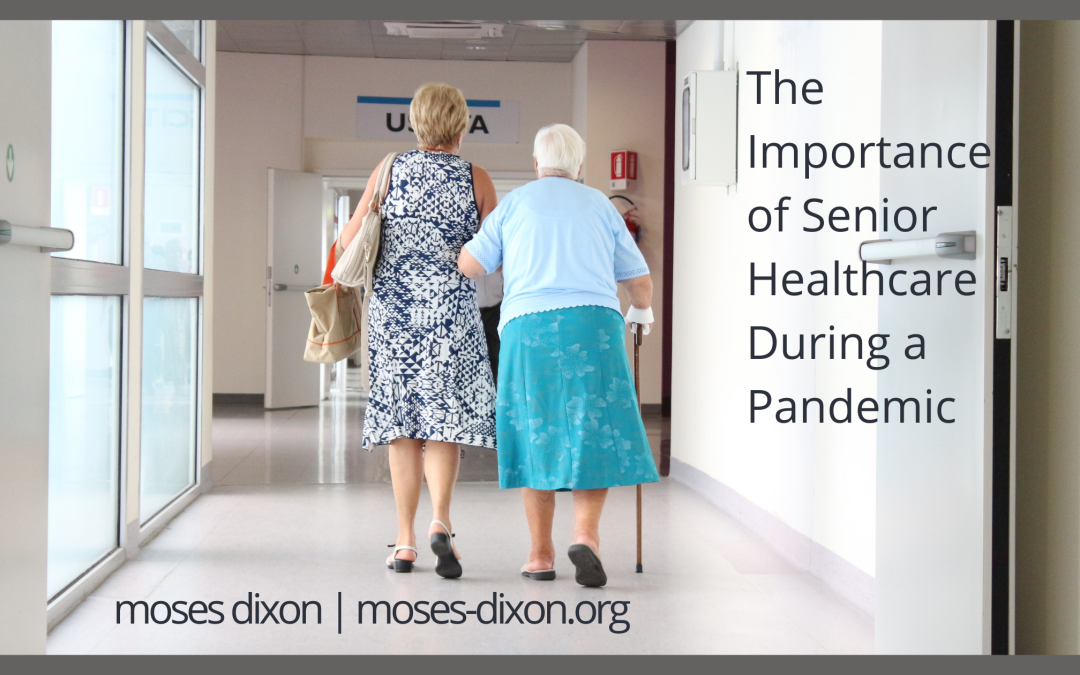It would be an understatement to say that these are unprecedented times. The last time the world experienced a pandemic such as the Spanish Flu, the number affected was approximately 500 million people over two years. To date, COVID has infected over 77 million people in half that time. Among those at the highest risk include people with chronic conditions such as heart disease, diabetes, high blood pressure, and severe obesity. In addition, the elderly are at risk because of weakened immune systems and underlying health issues that come with the aging process.
Institutions such as senior homes put their residents at risk for several reasons. The majority of time people spend in communal areas such as the dining hall, leaving them open to a virus’s airborne progression. It is also tough to care for a senior while maintaining the CDC guideline’s six-foot distance. Some people may not be mentally able to comprehend the concept, and others might require close contact for medication, personal care, or physical therapy.
In addition to preventative care, vaccinations are now starting to become available. Seniors are at a higher risk than other groups, so they get the vaccine as soon as possible. According to the COVID vaccine calculator, nursing homes get the vaccine right after healthcare workers on the front line.
Another reason to take care of seniors during a pandemic is that many who are not in a facility are home, often alone. Many issues come with being home-bound, especially when you are a senior. On top of that, there is an increased risk of being infected by interacting with the outside world. One primary concern that seniors have is shopping safely for everyday objects, medication, and groceries. Even with enforced social distancing and mask laws, the average supermarket crowd is too aggressive and overwhelming for the elderly. Supermarkets, retail stores, and pharmacies have designated certain times of the day for shoppers over the age of 55.
In general, being alone is precarious for an older person, let alone during a pandemic. Medical technology has made it possible for seniors to monitor vital signs and communicate with their doctors through the advent of digital home healthcare.
